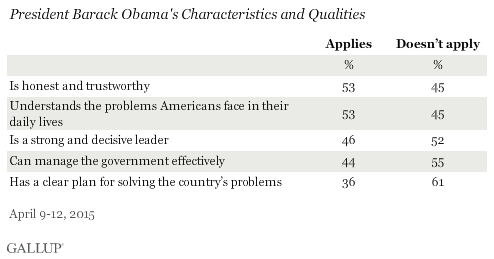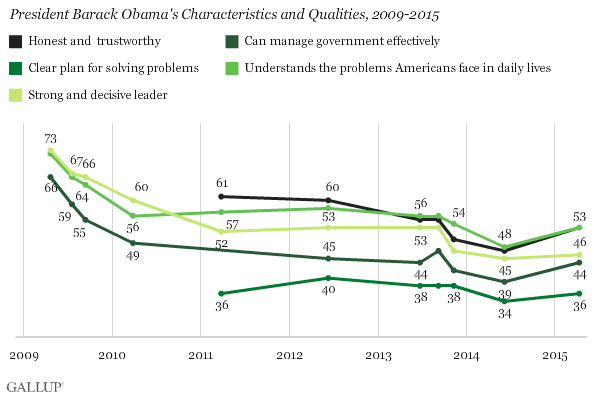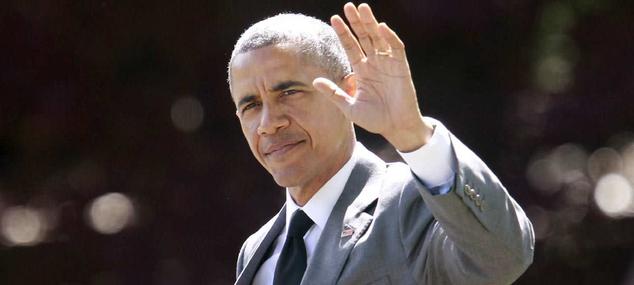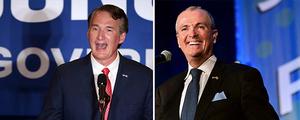Story Highlights
- Slim majority of Americans say Obama is honest and trustworthy
- Ratings as honest and good manager are up from last June
- His image as a strong leader declined the most since 2009
PRINCETON, N.J. -- A little more than half of U.S. adults consider President Barack Obama to be honest and trustworthy, and the same percentage, 53%, believe he understands the day-to-day problems that Americans face. At the same time, less than half see him as a strong and decisive leader (46%) or as someone who can manage the government effectively (44%). Slightly more than one-third say he has a clear plan for solving the country's problems (36%).

Perceptions of Obama's personal character -- his honesty and his understanding of Americans -- have both improved slightly since last June, when 47% of Americans thought he was honest and 48% believed he understood Americans' everyday problems.
The percentage saying he can manage the government effectively is also up five percentage points from his term low of 39% last year. At the same time, the percentages saying he is a strong and decisive leader or has a clear plan for solving the country's problems are essentially unchanged.

Presidency Taken Greatest Toll on Obama's "Strong and Decisive" Rating
Over the long term, Obama's image as a strong and decisive leader has declined the most since his earliest days in office, sinking 27 points from 73% in 2009 to 46% today. This outpaces the 16-point decline in his overall job approval rating over the same period, from 64% to 48%. Meanwhile, the percentage saying he can manage the government effectively has fallen 22 points while those saying he understands what Americans face daily has declined 19 points.
These declines in Americans' positive impressions of Obama's presidential qualities happened largely in his first two years in office, but Gallup found his leadership image dropping another five points in 2013, between the months of September and November. This decline likely reflected public displeasure with the partial federal government shutdown and troubled rollout of Healthcare.gov occurring at the time, and that rating has not recovered. By contrast, his honest and trustworthy rating, which also fell five points in the fall of 2013 and dropped further to 47% last June, is up to 53% today.
Obama has consistently inspired relative low public confidence that he has a clear plan for solving the nation's problems; the 36% saying he does matches the initial reading from 2011, with little variation in between.
Bottom Line
It is not unusual for Americans' high hopes for a new president -- and Americans were optimistic for Obama in 2009 -- to give way to a certain amount of disappointment and cynicism. The challenges of leading the country eventually reveal the limits of any one person to meet all of them with equal success, and the process of leading inevitably arouses partisan rancor. The declines in Obama's character ratings roughly follow the slide in his overall job approval rating after his initial months in office.
Still, the path of Obama's image on each of the five dimensions has varied slightly, and the trends differ somewhat from the patterns seen for his immediate predecessors. After all of his ratings surged following 9/11, George W. Bush experienced significant declines in how the public viewed his honesty, his ability to manage the government and his possession of a clear plan for solving the country's problems. Bill Clinton, on the other hand, saw his image as someone with a clear plan skyrocket in his second term as the economy picked up steam. Meanwhile, his honesty rating plunged amid the scandals swirling around his impeachment.
Obama's image ratings are well below their peak levels for all five qualities measured in the latest poll, although the majority of Americans again consider him honest and trustworthy and in tune with the problems facing them. Perhaps of greater relevance for his approval rating is that the two key leadership ratings -- being a strong and decisive leader and managing the government effectively -- continue to register below 50%. An even lower proportion believes he has a clear plan for solving the country's problems, a now constant feature of his image scores that may have more relevance for his legacy than his job approval rating.
Survey Methods
Results for this Gallup poll are based on telephone interviews conducted April 9-12, 2015, with a random sample of 1,015 adults, aged 18 and older, living in all 50 U.S. states and the District of Columbia. For results based on the total sample of national adults, the margin of sampling error is ±4 percentage points at the 95% confidence level. All reported margins of sampling error include computed design effects for weighting.
Each sample of national adults includes a minimum quota of 50% cellphone respondents and 50% landline respondents, with additional minimum quotas by time zone within region. Landline and cellular telephone numbers are selected using random-digit-dial methods.
View complete question responses and trends.
Learn more about how Gallup Poll Social Series works.

